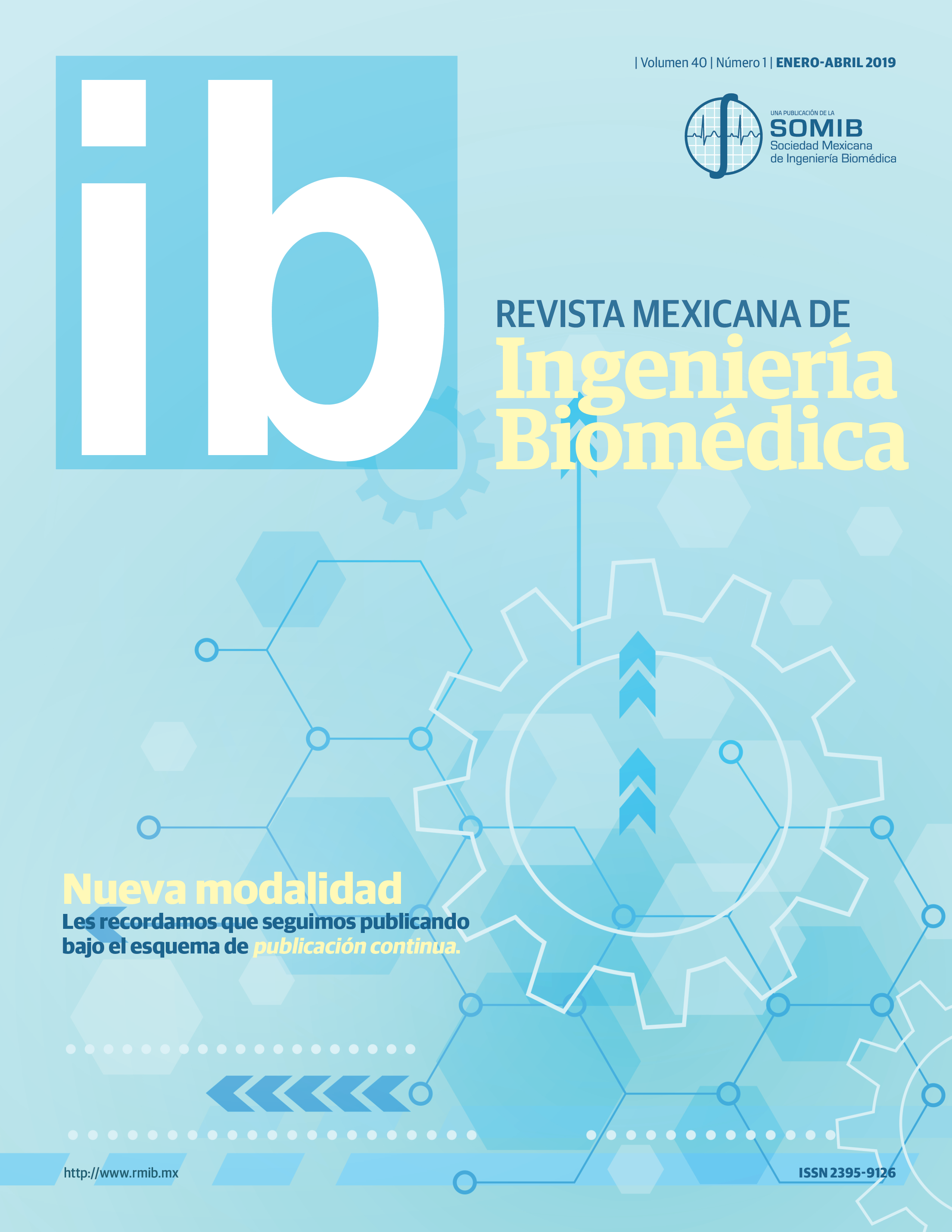Reaction times changes explained by stimuli changes in size and perspective in 2D and 3D for selective attention
DOI:
https://doi.org/10.17488/RMIB.41.1.7Keywords:
reaction time, 3D stimulus, 2D stimulus, geometric perspective, selective attention, videogamesAbstract
When facing a goal-stimulus, people have a certain degree of attention. Therefore, when stimulus has changes in 2D or 3D configuration, in which cases one would react faster or slower? The present research evaluated the in-fluence of the changes in the characteristics of the stimuli in reaction time experiments in visual attention tasks in videogames made in Unity 3D. For this, a comparison was made between two videogame experiments. The first videogame experiment was divided into two blocks that showed stimuli a block in 2D videogame and another in 3D videogame respectively to the participants and collected their reaction times against these stimuli. The second videogame experiment increase the number of blocks (from two to eight) to explain the differences in the reaction times obtained in the first experiment either by the size or the relative angle of 3D presentation of the stimuli, for which some characteristics of the blocks of the first experiment. The results, after comparing the different sce-narios, have shown that the modification of the characteristics changed selective attention, because the reaction times of the first experiment vary in comparison to those of the second experiment depending on the change made (between 65 and 67 ms of difference for 2D and between 53 and 77 ms for 3D). On the discussion, one can question the commercial spheres of 2D stimuli in the so-called neuromarketing or sports. In both scenarios, the present work suggests evaluating for each case changes in their presentations or tools in a consequent control the reaction time of potential users, and this translates into a level of attention control.
Downloads
Downloads
Published
How to Cite
Issue
Section
License
Copyright (c) 2020 Revista Mexicana de Ingeniería Biomédica

This work is licensed under a Creative Commons Attribution-NonCommercial 4.0 International License.
Upon acceptance of an article in the RMIB, corresponding authors will be asked to fulfill and sign the copyright and the journal publishing agreement, which will allow the RMIB authorization to publish this document in any media without limitations and without any cost. Authors may reuse parts of the paper in other documents and reproduce part or all of it for their personal use as long as a bibliographic reference is made to the RMIB. However written permission of the Publisher is required for resale or distribution outside the corresponding author institution and for all other derivative works, including compilations and translations.








